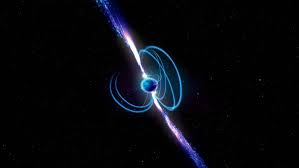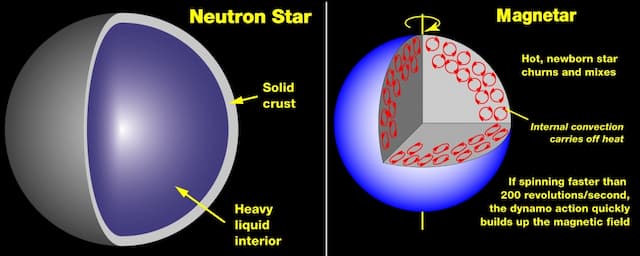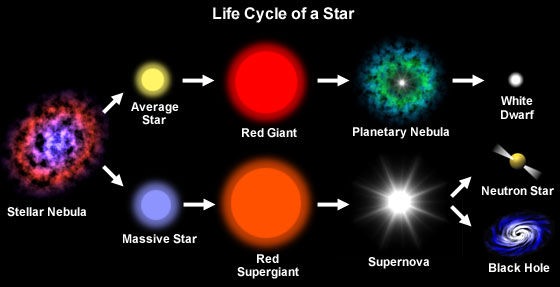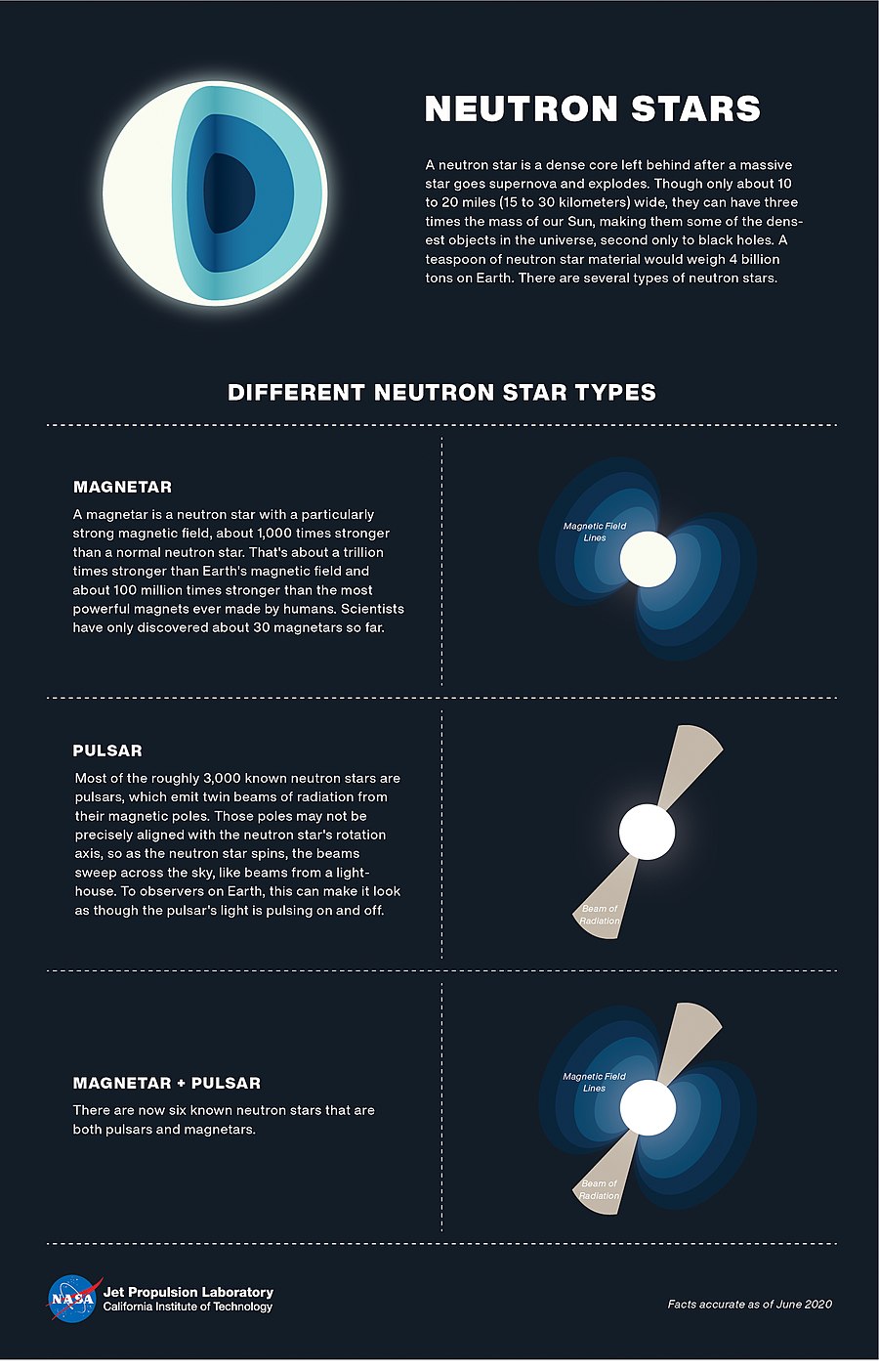Free Courses Sale ends Soon, Get It Now


Free Courses Sale ends Soon, Get It Now



Disclaimer: Copyright infringement not intended.
Context
Understanding Magnetar



with a mass 10–25 times that of the Sun and have a mass about 1.4 solar masses.
Ultra-Long Period Magnetar
https://epaper.thehindu.com/Home/ShareArticle?OrgId=G5I9EMQPR.1&imageview=0
© 2024 iasgyan. All right reserved